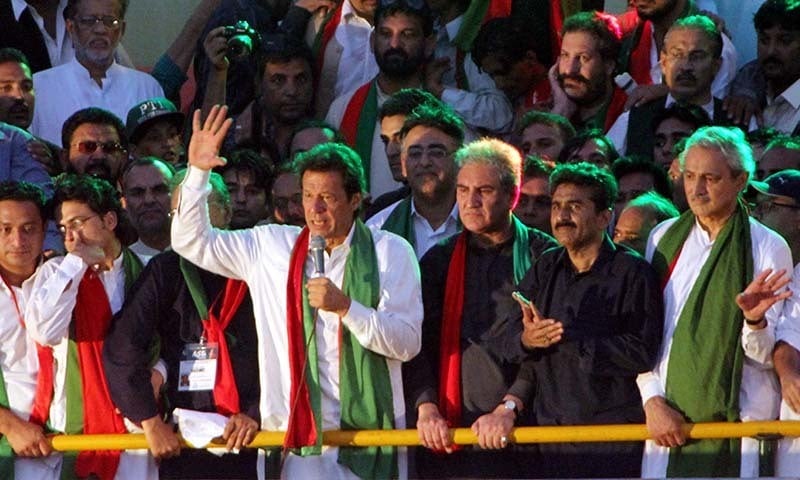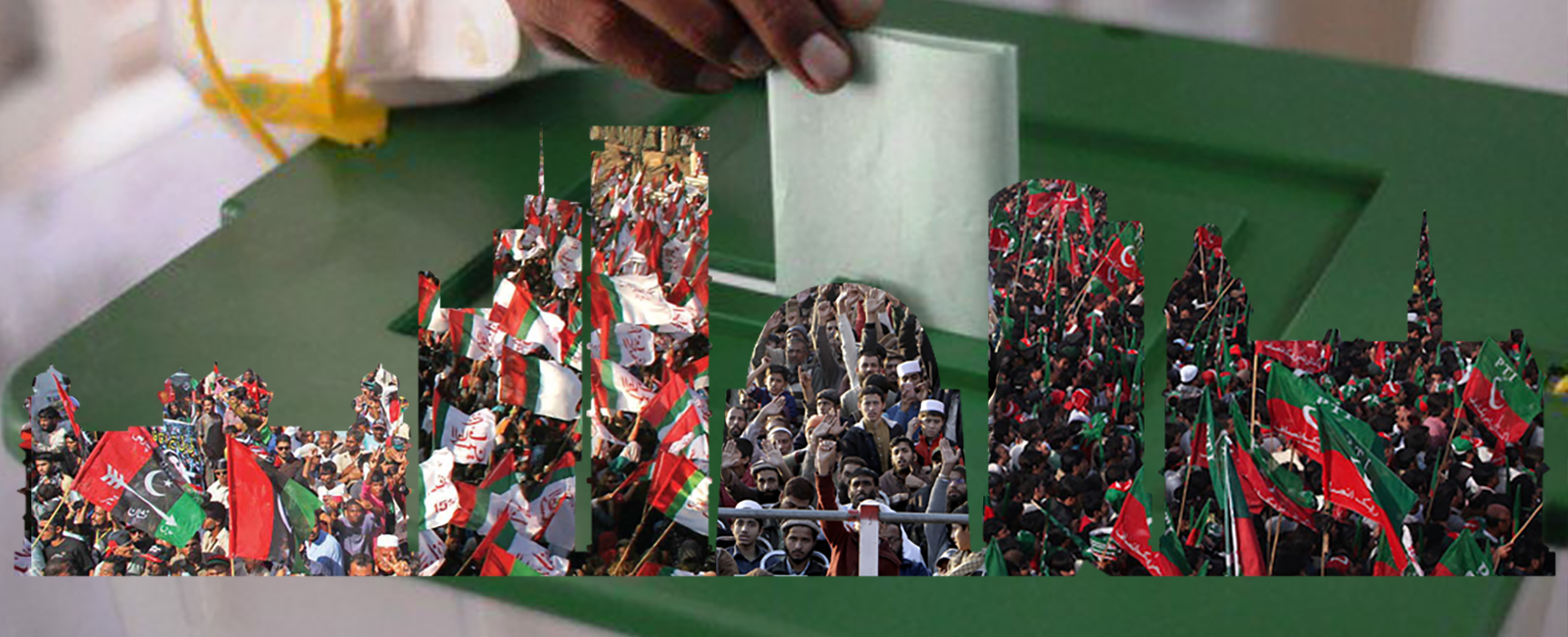Who will win Karachi?

With barely a few months to go before the national elections, political temperatures in Karachi have reached a feverish pitch. On May 7, the city, slowly becoming used to predictability and calm, witnessed political violence, the first of its kind in a long time. But there was a small difference. The Muttahida Qaumi Movement (MQM), notorious for such antics, was nowhere near the battle-ground. Instead, young, agitated workers from the Pakistan People’s Party (PPP) and Pakistan Tehreek-e-Insaaf (PTI) faced off, setting vehicles ablaze, over a dispute on a venue.
In the last couple of months, the PPP, MQM’s rival in the Sindh province, has been working overtime to squeeze benefits out of MQM’s internal crises. It is now eying seats from the Mohajir populace, which had been supporting the MQM electorally since its inception.
Forty-four years after MQM’s historic and mammoth rally in Liaquatabad – a Karachi neighbourhood considered the heartland of Mohajir politics – the PPP staged its own rally on April 29, to flex its political might.
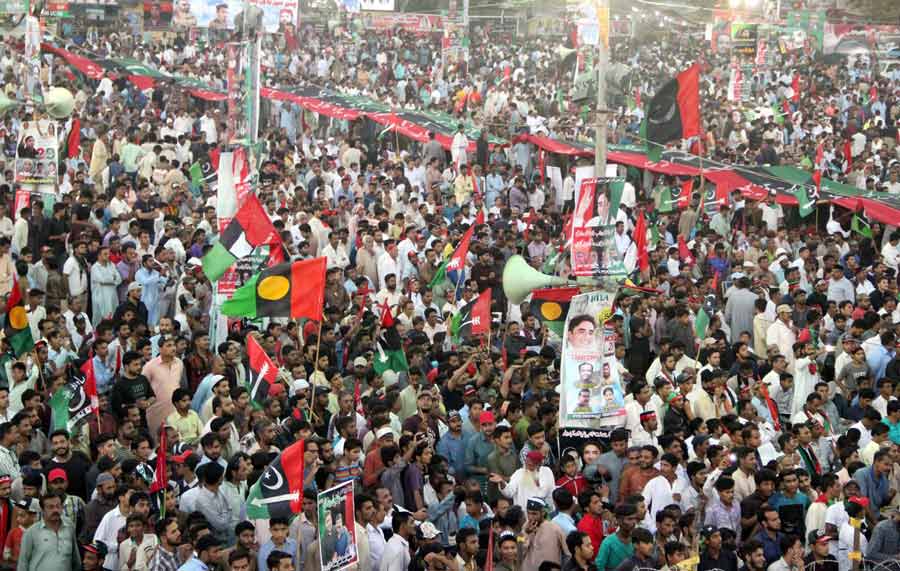
On the stage, was a large banner inscribed with the slogan, “Peaceful Karachi for all people”. During his speech, the PPP chairperson, Bilawal Bhutto Zardari promised to get rid of the MQM for good if the people of Karachi voted for them. We “will free Karachi from the mustaqil qaumi musibat,” he mocked the MQM with a play on words, “This is the same Liaquatabad, where, earlier, bullets were fired, and our people killed. Today, I can see the faces of the martyrs who laid down their lives for the sake of democracy.”
Liaquatabad wasn’t just any rally. It was a momentous one for the PPP, which has often struggled to clinch seats from Karachi, the urban centre of Sindh. (MQM has remained a powerful political force in the city since the 1988 general polls). Bilawal B. Zardari’s rally in fact signals his party’s strategy to win maximum number of seats from former MQM-strongholds, especially from the Central and East districts.
The PPP is already gearing up to organise another political gathering on May 12 at Bagh-e-Jinnah.
The Pakistan People’s Party wants to “dispel the perception that it is limited on the electoral front to the Sindhi- and Baloch-dominated neighbourhoods of Malir and Lyari,” says a party leader in Karachi, who asked not to be named. “The senior management of the PPP has been directed to focus on the Central and East districts and ensure some seats are won.”
But it won’t be easy. In Dec. 2015, the PPP could only win one seat in the local government polls, out of 51, from the Central district. Even for that it needed to forge an alliance with the Jamiat-e-Ulema Islam-Fazl since Pahar Ganj is a Pashtun neighbourhood. Also, it is important to remember that these elections were held in relative calm and under the supervision of the paramilitary forces.
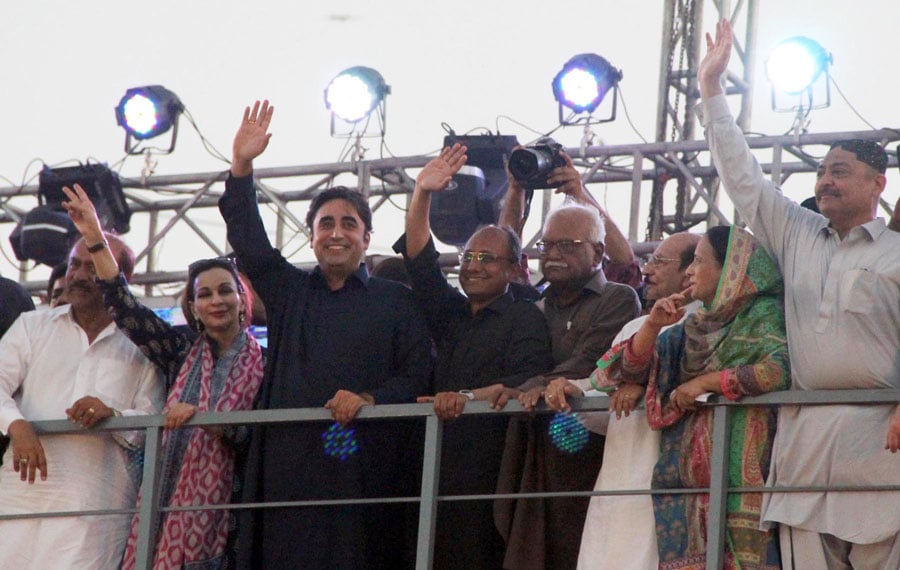
The PPP’s massive rally in Liaquatabad was a double-edge sword. While, it helped Bilawal Zardari’s party burnish its credentials, the rally also helped bring the warring factions of the rival MQM together. Wasting no time, the MQM-Pakistan’s Bahadurabad and PIB Colony factions jointly organised a campaign-style gathering at the same venue on May 4. During which, the leaders spent a lot of time stressing on the need to defend the rights of Mohajirs. The party also vowed to secure the rights of the Mohajir community in the country, especially in Sindh, and re-arranged the party motto to “Humein Rehnuma Nahi Manzil Chahiyey” (we want the destination, not the leader). Earlier, the famous slogan went something like this: “Humein Manzil Nahi Rehnuma Chahiyey’ (we want the leader, not the destination). The MQM leaders further mocked the young PPP chairperson and insisted that no matter the hardships, struggles, differences, the party’s vote bank and support base will remain in the area. “We maybe mustaqil qaumi musibat for you, [but] we are mustaqil qaumi mohabbat for the helpless in Sindh,” Farooq Sattar added.
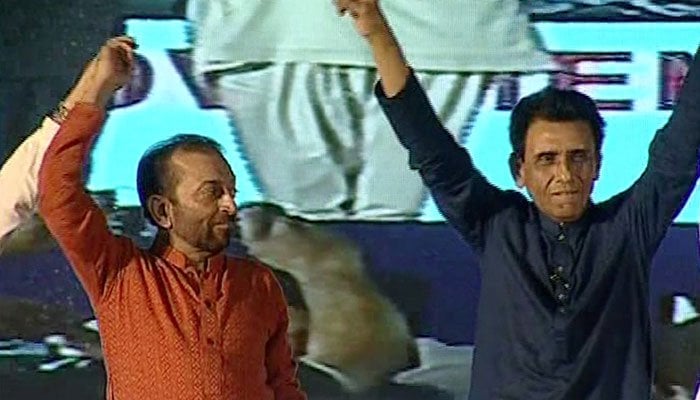
Political watchers are of the opinion that the PPP rally made little dent in the MQM’s Mohajir vote bank, and has in fact united the divergent MQM groups, who now see the PPP as a common rival. “It is crucial to remember that the Urdu-speaking voters, the PPP is now reaching out to, it had ignored for almost three decades,” explains Syed Ishrat Hussain, a former trade unionist who lives in Liaquatabad, “for a very long time, it considered these areas as MQM’s turf.”
Then there are deep-seated resentments on the basis of ethnicity. “Because of a quota system in the city, the urban Urdu-speaking community has been facing difficulties in getting admission in universities and acquiring government jobs,” says Riaz Sohail, a journalist with the BBC Urdu in Karachi. “Moreover, the transfer of local government powers to the provincial government has left many residents complaining of lack of development in their areas.”
Sohail admits that while the MQM grip on the city of over 14 million has weakened, the Mohajir voters have few options. “This is the reason that lately not a single noteworthy personality from Mohajir community has joined the PPP, despite the MQM crisis.”
But there are also other players in the city. One is Imran Khan’s Pakistan Tehreek-e-Insaaf, which in 2013 impressively bagged significant votes from areas and communities of all ethnicities, classes and sects in Karachi, even if it couldn’t secure the seats. But as it pooled all its energies into winning Punjab next elections, it could not sustain its popularity in Karachi, limiting itself to the upper-middle class and Pashtun-majority areas.
